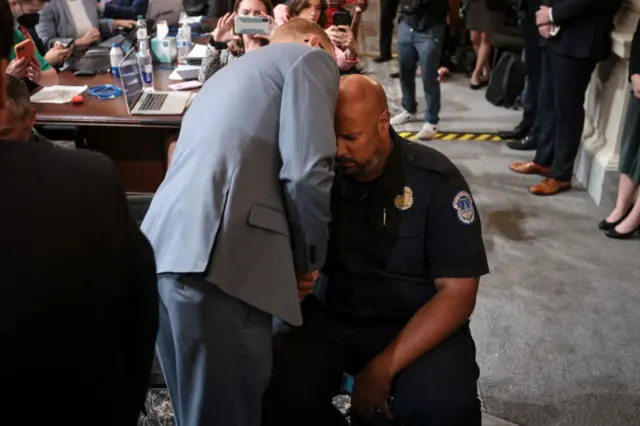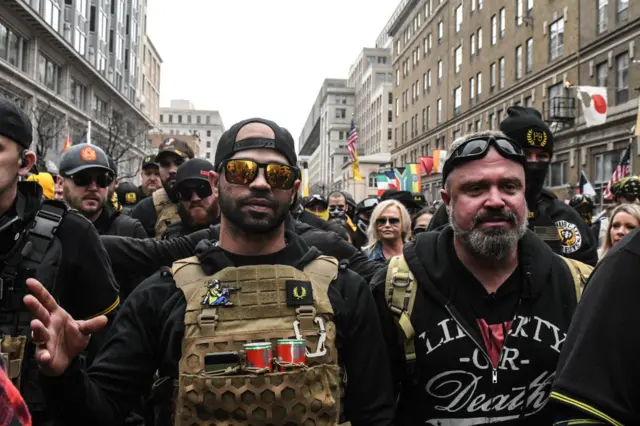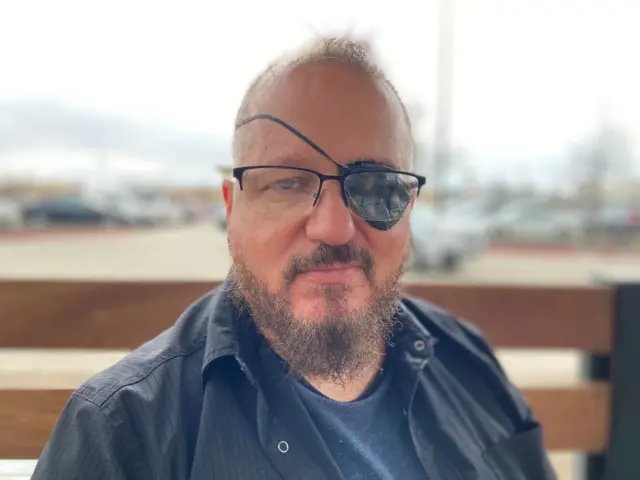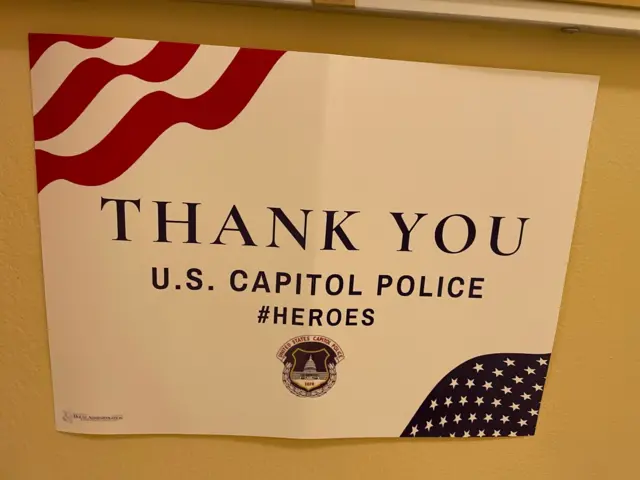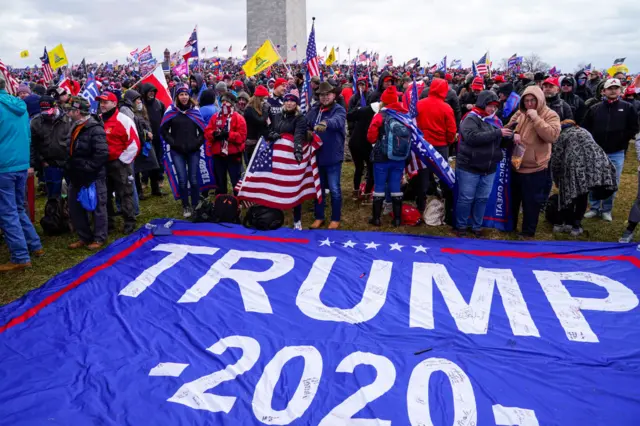Our live coverage has endedpublished at 22:28 BST 12 July 2022
Our live coverage from the seventh public hearing of the Capitol riot committee has come to a close.
Here are some of the highlights:
- Committee vice-chair Liz Cheney alleged that the hearings have forced allies of Donald Trump into presenting him as "an impressionable child" swayed by "crazies" - when, in fact, he knew and chose to ignore the fact allegations of voter fraud were not backed by evidence
- A Trump tweet on 19 December 2020 that introduced the idea of a "wild" rally at the US Capitol was a call to action to right-wing extremists "spoiling for a fight", the panel claimed
- New testimony from former White House counsel Pat Cipollone filled in the details of an "unhinged" December meeting between Trump and advisers who pushed conspiracy theories about the election; the meeting escalated into a shouting match after Cipollone and others asked them to prove their claims
- Cipollone also testified that members of the president's staff knew there was no evidence of election fraud and believed he should concede
- Footage and private communications shown by the committee detailed closer ties between top Trump allies and far-right extremists than previously known
- Riot participant Stephen Ayres testified at the hearing that Trump "got everybody riled up" at his rally, then "we basically just followed what he said" and marched to the Capitol
Follow updates to this story here.
This live page was brought to you by Sam Cabral, Bernd Debusmann, Nadine Yousif - with Gareth Evans editing.


